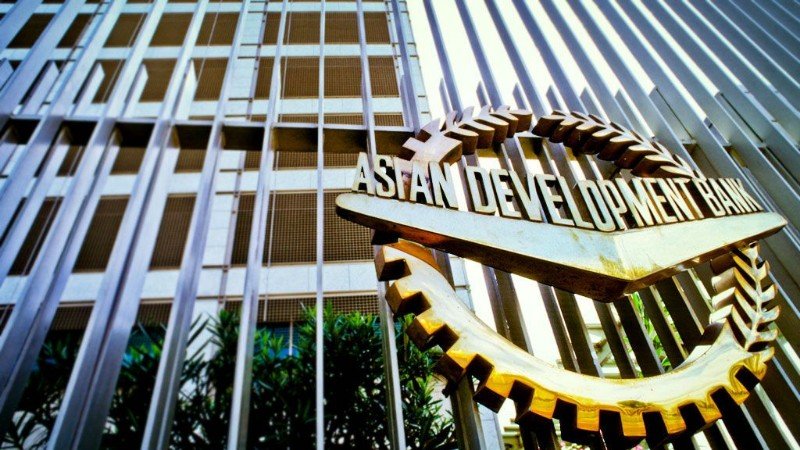
Bangladesh’s economy is projected to grow by 4.0% in fiscal year (FY) 2025, rising to 5.0% in FY2026, according to the Asian Development Outlook (ADO) September 2025 released today by the Asian Development Bank (ADB).
While garment exports remain a key strength, the subdued growth outlook reflects muted domestic demand amid political transitions, recurrent flooding, industrial labor disputes, and persistently high inflation. The economy grew by 4.2% in FY2024.
ADB’s Country Director for Bangladesh, Hoe Yun Jeong, emphasized that future growth depends on improving the business climate, boosting competitiveness, attracting investment, and ensuring reliable energy supplies.
“The impact of US tariffs on Bangladesh’s trade remains to be seen, and vulnerabilities in the banking sector persist. Addressing these challenges is essential to achieving higher economic performance,” said Jeong.
He also warned of downside risks to the FY2026 outlook, including trade uncertainty, banking sector weaknesses, and potential policy slippages, underscoring the need for prudent macroeconomic management and accelerated structural reforms.
Inflation, Trade, and External Sector
Inflation is forecast to rise to 10.0% in FY2025 from 9.7% in FY2024, due to limited wholesale market competition, poor market information, supply chain constraints, and a weakened taka.
The current account balance is expected to show a small surplus of 0.03% of GDP in FY2025, reversing a 1.5% deficit in FY2024, helped by a narrowing trade gap and strong remittance inflows.
FY2026 Outlook
Consumption will continue to drive growth, supported by remittances and election-related spending.
However, tight monetary and fiscal policies and investor caution are likely to weigh on investment activity.
Global trade tensions, including a 20% US tariff on Bangladeshi exports, along with tougher EU competition, are expected to impact exports and growth.
Exporters may be forced to lower unit prices to stay competitive.
Sectoral Highlights
Services are projected to expand, supported by improving household purchasing power.
Agricultural growth is expected to stabilize, assuming favorable weather and continued policy support.
Industrial growth, however, may weaken due to the drag from US tariffs and subdued external demand.
The report emphasizes that sustaining and enhancing growth will require Bangladesh to navigate external headwinds, reform its banking sector, and create a more investor-friendly environment in the coming years.
 Weekly Bangla Mirror | Bangla Mirror, Bangladeshi news in UK, bangla mirror news
Weekly Bangla Mirror | Bangla Mirror, Bangladeshi news in UK, bangla mirror news







